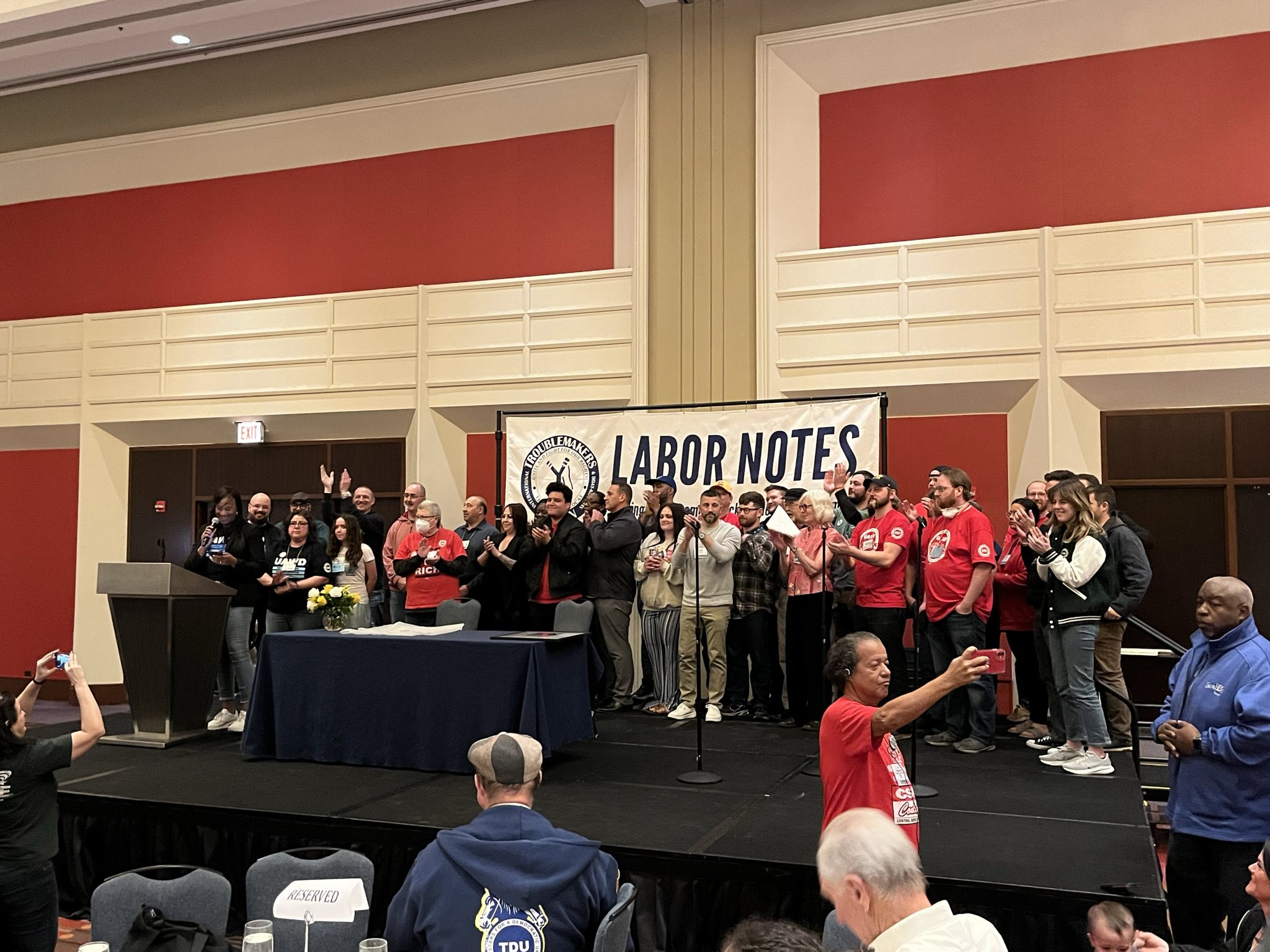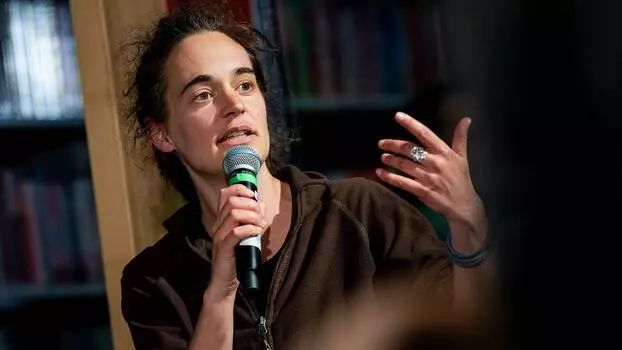On November 6, 2012 voters in Maine, Maryland, and Washington made historic decisions: for the first time in U.S. history, a state-level popular vote decided in favor of same-sex marriage. The six states that had previously recognized these unions, along with the District of Columbia, had all done so through the courts or legislatures.
These popular votes are a promising sign of social change in the United States, as they reflect a decisive change in attitudes. Only a few years ago, anti-gay marriage initiatives could be counted on to turn out socially conservative voters. Today, opposition to gay marriage is another burden holding back an increasingly out-of-touch Republican Party. Polls show that a majority of Americans, including a supermajority of young people, now support gay marriage. Attitudes toward sexual difference in the United States have transformed in ways that seemed unthinkable until recently.
Of course, this change in attitudes did not come unaided. It is a change that has been fought for by a growing movement over several decades. The LGBT (lesbian, gay, bisexual, and transgender) movement can claim great success in altering popular perceptions of sexual minorities and changing policies to protect their rights. While these victories remain patchwork and incomplete, more recent trends hold promises for an increasingly bright future.
But do they? Compared to the radical past of the LGBT movement, today’s focus on marriage—some in the movement claim—seems to indicate that a former liberation movement has reached an age of accommodation. At least in public, marriage equality has seemingly become the defining issue of the LGBT movement. And while every progressive should support equal rights, what does the fact that it disproportionately benefits white, upper middle-class gays tell us about the ways and means? Does it mean that advocacy around marriage has occluded the concerns of queer people of color, poor and working-class gays, lesbians, and bisexuals, as well as transgendered people? Has an emphasis on securing distinct rights for LGBT people foreclosed possibilities for building socially transformative alliances with other oppressed groups?
In this study, Dawne Moon, Assistant Professor of Social and Cultural Sciences at Marquette University in Milwaukee, Wisconsin, explores these questions against the background of the historical evolution and trajectory of the LGBT movement. While there are precursors, the modern LGBT movement has its roots in post-war “homophile” organizations like the Mattachine Society and the Daughters of Bilitis. Moon shows how the movement made great strides during the 1960s and 1970s and how in the 1980s the AIDS crisis and right-wing backlash transformed the movement’s perspectives and goals.
Since then, we have come a long way, but the question remains: What should the politics of the LGBT movement look like in the 21st century?



